QuestionHi Sarah
My thoroughbred is about 16yrs old now. I have had him since he was a
yearling. (He raced for about 3 yrs). I have been riding him since before he
went to race, during and after. He has always been forward going with a low
to expected spooky range. In the last few months he has become VERY and
violently spooky to the point that hacking out has become unpleasant. He has
been in the same environment for about 10 years now. In the last 3 years he
has been showing a nasal discharge (white in colour) after excercise
particularly through the left nostril and coughs occasionally. He has been on
antibiotics a few times but that does not seem change much. We do live next
to a pine plantation, I am thinking it could be an allergy? He is looking well,
gallops around his paddock. His oat hay has a lot of oats but I have heard this
to not be particularly heating and he is on a calming feed for breakfast and
supper.
AnswerHi Rosie,
I understand that you are concerned about the nasal discharge and his violent spookiness. If you haven't already, I would have a vet check him out. It's quite possible that he has an allergy or it could be the dust from the arena or roundpen or whatever work area you are working him in. He could also have a respiratory issue. A vet could determine the cause.
As far as his spooky attitude is concerned. I would go back to the fundamentals and start at the beginning with him. There appears to be some holes in his fundamental training. He is using the reactive side of his brain and not his thinking side. Sacking out is in order here. I would use a training stick (carrot stick or something like it#. Use a 4ft stick with a 6ft string tied on the end. Use the approach and retreat method. Put a rope training halter on him with a 12-14ft lead. I prefer a rope halter with 4 knots on it. It gets their attention. Web halters displace the pressure too much and makes it too easy for the horse to lean against it. Stand in front of him at a 45 degree angle from his shoulder. Do not stand directly in front in case he tries to run over you. The 45 degree angle will put you too far to the side to be stuck with his front feet and too far forward to be kicked. Remember, safety is number one here. You can't train a horse if your in ICU or dead. Keep his head tilted toward you so when he moves he can only go in circles around you. If you don't tilt his head toward you he will only drag you off across the round pen or arena. Make sure you do this in a controlled area preferably a round pen. Take the stick and string and slap moderately on the ground beside him. Don't slap REAL hard. You just want movement and noise. Chances are he will throw his head up and try to move away from it. Don't stop him. Let him move his feet. Keep your other hand with the lead rope up in the air near his head. If he tries to push his head into you just tap him with that hand. As I said, let him move and don't stop slapping the ground. You keep slapping the ground until he stops moving his feet, and this is very important, relaxes. Remember, just because he stopped moving doesn't mean he has relaxed. That is what your looking for. There are 5 signs that a horse is relaxing. #1 lowers his head #even just a little) #2 licks his lips #3 cocks his hind leg #4 blinks his eyes #5 gives a big sigh. What you are looking for is the feet to stop and one of these signs. If he starts licking his lips and stops moving that is a good sign he is thinking of renegotiating his contract with you and might give up his union card. You have to do this on both sides of the horse. Remember, change sides....change horse. What you do on one side you have to do on the other. Once he is showing signs of relaxing consistently you can up the pressure by slapping the ground harder. You will be amazed at how fast they will pick this up. You can also tie a plastic grocery bag to the end of the stick. Stand away and ahead of him at the end of the rope. Begin walking away from him leading him and gently slapping the ground with the bag tied to the end of the stick. At first he might be skiddish about it but if the bag is going away from him he will feel more secure. Notice a dog and a horse. If the dog is barking and coming at the horse the horse will want to turn and run away. But if a dog barks and is walking away or running away from the horse the horse feels much better about the situation and actually becomes curious. Same thing with the bag. Just keep walking away leading the horse as if the horse is following the bag. You'll find the horse will actually want to get to the bag. Horses are like kids. The more you say "No you can't have that" the more they want it. But the more you want a kid to do or have something the more they don't want to cooperate. Same thing here. As the horse becomes more brave you can up the pressure of the bag. Turn around and face the horse and slap the ground. Start working your way to his side. But don't hit the horse with it.
There is much more to go into but this will get you started.
I hope this has helped you and answered your question. As you progress with this you can contact me again and we will move deeper into the process. You can contact me at my facility...Yazoo Equine Training. E-mail blpdoc82652@yahoo.com
I will be glad to assist you further on this. Please stay safe and thanks again for contacting me.

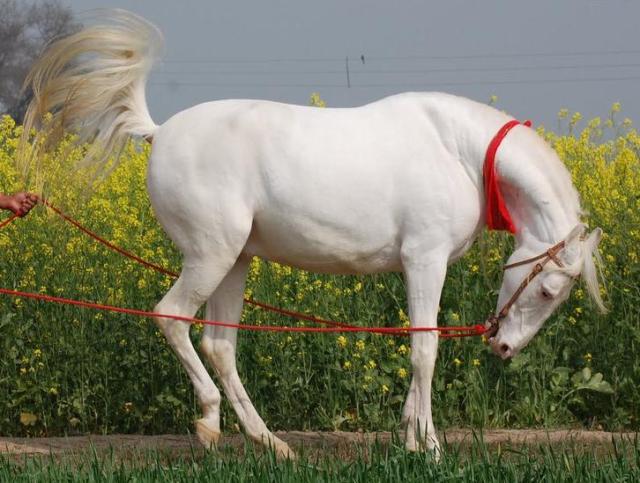 adjusting stirrups
Question
adjusting stirrups
hello, my height is 5feet 6
adjusting stirrups
Question
adjusting stirrups
hello, my height is 5feet 6
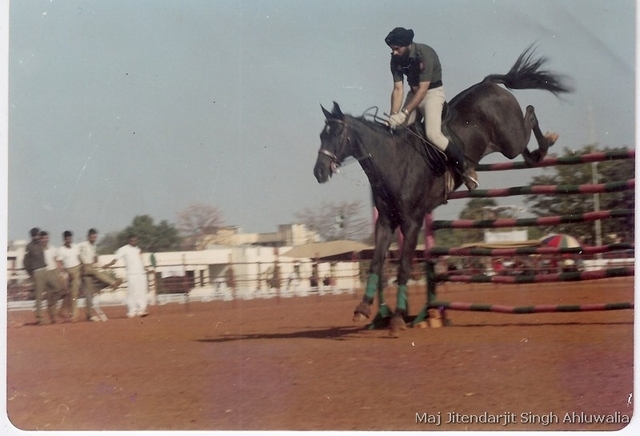 judging show jumping rider
Question
judging show jumping r
hello maam, watch this
judging show jumping rider
Question
judging show jumping r
hello maam, watch this
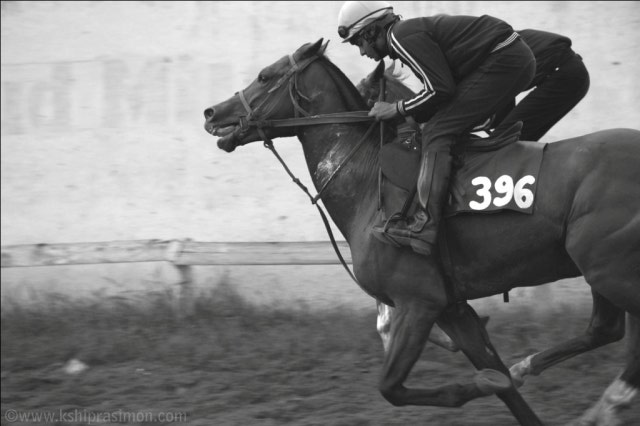 tongue up
Questiontongue up
QUESTION: hello maam, is this
tongue up
Questiontongue up
QUESTION: hello maam, is this
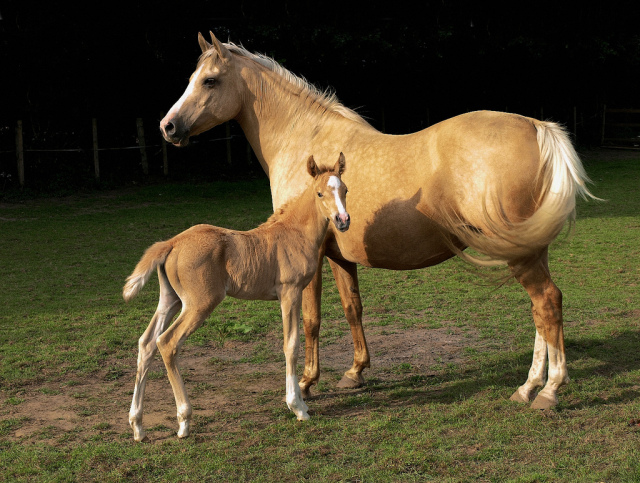 horse legs never grow
Question
horse legs never grow
hello, my dad always say
horse legs never grow
Question
horse legs never grow
hello, my dad always say
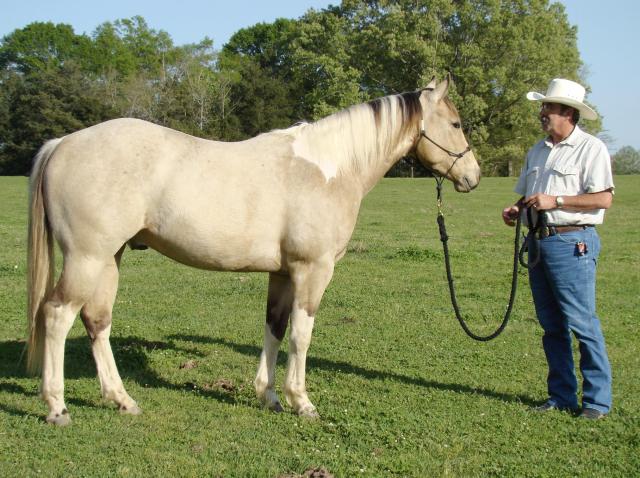 Bit problem
QuestionI have an 8 year old quarter horse mare.
Bit problem
QuestionI have an 8 year old quarter horse mare.